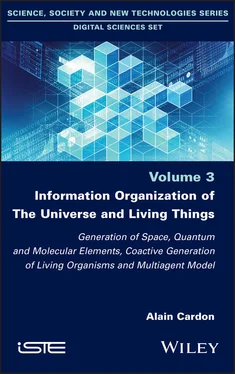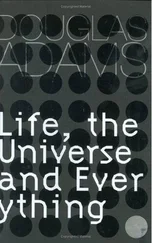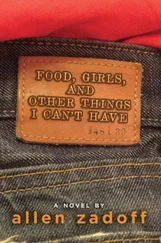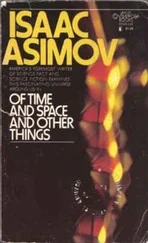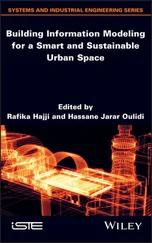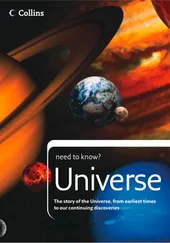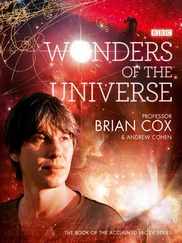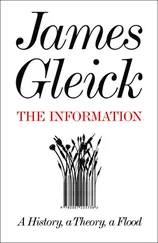186 184
187 185
188 186
189 187
190 188
191 189
192 190
193 191
Digital Sciences Set
coordinated by
Abdelkhalak El Hami
Volume 3
Information Organization of The Universe and Living Things
Generation of Space, Quantum and Molecular Elements, Coactive Generation of Living Organisms and Multiagent Model
Alain Cardon

First published 2021 in Great Britain and the United States by ISTE Ltd and John Wiley & Sons, Inc.
Apart from any fair dealing for the purposes of research or private study, or criticism or review, as permitted under the Copyright, Designs and Patents Act 1988, this publication may only be reproduced, stored or transmitted, in any form or by any means, with the prior permission in writing of the publishers, or in the case of reprographic reproduction in accordance with the terms and licenses issued by the CLA. Enquiries concerning reproduction outside these terms should be sent to the publishers at the undermentioned address:
ISTE Ltd
27-37 St George’s Road
London SW19 4EU
UK
www.iste.co.uk
John Wiley & Sons, Inc.
111 River Street
Hoboken, NJ 07030
USA
www.wiley.com
© ISTE Ltd 2021
The rights of Alain Cardon to be identified as the author of this work have been asserted by him in accordance with the Copyright, Designs and Patents Act 1988.
Library of Congress Control Number: 2021941901
British Library Cataloguing-in-Publication Data
A CIP record for this book is available from the British Library
ISBN 978-1-78630-746-0
The Universe is a huge expanse of space containing innumerable quantum, molecular and material elements. The physical sciences have discovered space-time and quantum particles, and there exists the possibility of producing scientific theories about the creation and the reasons for the state of the Universe, specifying the generation, the role and the action of all the elements that it contains. We will propose a universe generation model by considering that it is formed in regard to the expansion of an informational substratum possessing great informational energy and applying everywhere a self-organizing law to produce, by emergence, the space and all the material elements in continuous organization.
To understand what the Universe is, we scientifically observe very many elements at multiple scales, compelling us to ask three major fundamental questions and provide precise answers:
– What was the initial state of generation of this universe, a state where there was neither space nor time and where nothing physical existed?
– What is the space of the Universe, how did the space that allows the generation and deployment of all physical elements come to be created?
– What is this organization of the Universe that allowed the creation of atoms, molecules, clouds of physical components, then stars, galaxies and planets with physical and temporal stability, and what is it that allowed the creation of the extraordinary development of life on Earth, up to humans who ask existential questions?
To answer these questions, we can define a truly unifying model for the notions of generation of space, of quantum elements and of all material elements and also of all living organisms. We must posit that there was an empty space available upon the creation of the Universe and then particles in place there, developing and unfolding at random using energy. We need an answer with a conceptual unification of the creation of the space of the Universe, of the quantum particles, of the molecules and of the material aggregates, and we need to define what this energy was which enabled the creation of all that and especially to specify why the physical elements aggregated to constitute such aggregates leading to the suns, to the planets and to life. In fact, it is necessary to make a unifying analysis of the generation of the Universe and not only multiple local analyses, in bottom-up and top-down approaches. It is necessary to define an organizational law that engages in a continuous way the organization of the Universe. We will pose that the unification was realized by an informational substrate of the Universe, under the quantum level, the Universe being then a self-organized emergence on this substrate.
In order to define a unifying generation model of the Universe, we must first define a very singular initial state which engaged the creation of all space and all elements according to a generative hyper-process, then specify how the generative processes unfolded in a continuous and self-organized way. We posit that this singular initial state generator of the Universe is a localized informational system, that it was defined elsewhere and that it produced a quantity of informational elements which also produced some of the same. It was thus a generating system producing elements which in turn generated. We will then develop an informational model where all the structure and all the elements of the Universe will be considered based on informational fields of communication, allowing these fields to generate structures with temporal permanence and forming both informational and material elements. Furthermore the notion of information used will be different from the one defined by the Turing machines that run programs. We will use the notion of organizational information which will in turn use the notion of informational fields of communications, of the type, for example of a photon field but more intense and totally invisible due to operating at a speed much higher than the speed of light, and which will produce a space of dense communicational links everywhere between all the created elements. This space of informational links will be the substrate producing the space of the Universe. Therefore, there is an informational substrate that will perform incentive control at multiple scales, to continuously produce an emergence that will be the space-time with all the physical elements of the Universe being generated. It will be necessary to introduce a fundamental organizational law that will regulate all the formations and aggregations of generated elements, in order not to have a system randomly generating a set that becomes chaotic with very little structural coherences.
We assume that the generating element is an autonomous and complex informational element which will generate many informational elements which will be very communicative among themselves. This generating element will use informational energy that will be given to it by its builders and which it will diffuse to the elements that it will generate. The informational energy will therefore be the force that will activate all the informational fields and all the generated informational elements. The elements produced by the generating element will be of two types as will the production of these elements: either they will be structural elements and they will then form cells of the empty space which will constitute themselves on the informational links of the communications and which will unify to generate the space of the Universe, or they will be elements of activity, endowed with informational energy and whose actions will be to communicate to form aggregates constituting the material elements of the Universe, and they will duplicate themselves by producing other elements of activity or structure to realize the expansion of the Universe.
The generated elements of activity will contain fermions and will produce, by their informational communications, the quantum-type particles. So, from the initial generating element, there is the beginning of the production of space in the form of empty cells and elements of activity that will constantly produce others that will be elements of activity or structure, thus continuing the generation of space and quantum elements. All the elements of activity, which are of the type of informational fields, will be able to communicate to generate aggregates, that is, to produce atoms, molecules then all physical elements of the Universe. Thus the Universe generates itself, without ceasing its process of organizational deployment produced by the incentive of the organizational substrate which is its incentive controller at the informational level, because it imposes the application of an organizational law allowing the generation of structured aggregations.
Читать дальше
